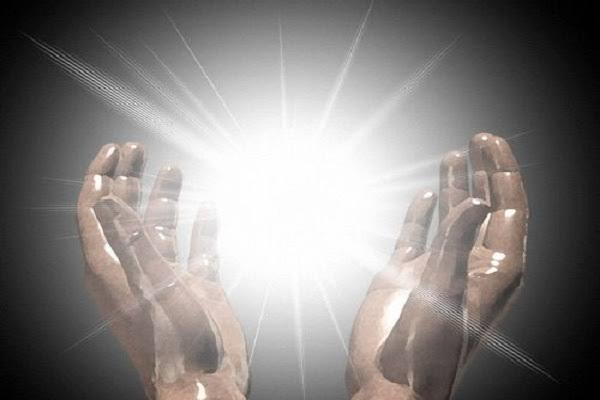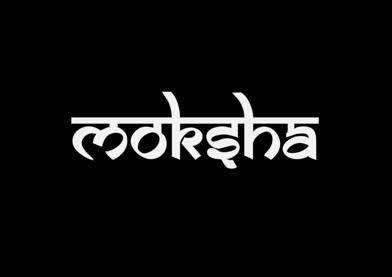How to Attain Moksha While Alive? Easy and True Ways

"What is Moksha? – A Quest for Spiritual Liberation"

"Moksha"– you may have often heard this word in scriptures, from saints, or in spiritual discussions. But what truly is Moksha? Is it something attained only after death? Is it only meant for monks and ascetics? Or can an ordinary person also achieve it?
In Sanskrit, the word "Moksha" means liberation. But liberation from what? It is liberation from the cycle of birth and death, from suffering, ignorance, ego, and the attachments of this material world.
Different philosophies like Buddhism, Jainism, Vedic, and Vedanta define Moksha in their own ways, but the essence remains the same — complete freedom of the soul and ultimate peace.
•• The Four Main Paths to Moksha (Yoga)
1. Jnana Yoga (Path of Knowledge)
• This involves deep inquiry into the self and the divine.
• The question "Who am I?" leads one beyond ego and illusion.
• The Upanishads and the Bhagavad Gita explore this path deeply.
2. Bhakti Yoga (Path of Devotion)
• Total surrender to God is seen as the highest means of liberation.
• Saints like Tulsidas, Meera, and Namdev walked this path with deep love for the Divine.
3. Karma Yoga (Path of Selfless Action)
• Performing one's duties without attachment to the results.
• As Lord Krishna says in the Gita: “Do your duty, but do not concern yourself with the outcome.”
4. Raja Yoga (Path of Meditation and Self-Discipline)
• Described in the Yoga Sutras of Patanjali.
• It focuses on calming the mind and realizing the soul through deep meditation and inner reflection.
Types of Moksha
1. Jeevan-Mukti (Liberation While Living):
• When a person realizes the self and the Absolute Truth while still alive and rises above worldly attachments.
• A rare but attainable state of enlightenment.
2. Videha-Mukti (Liberation After Death):
• When the soul becomes one with Brahman after leaving the body.
• Freedom from the cycle of rebirth is attained.
•• Is Moksha Achieved Only After Death?
This is a common misconception. In reality, Moksha is a mental and spiritual state that can be experienced during life itself. When a person lets go of inner conflicts, greed, attachment, anger, and jealousy, and gains true self-knowledge — that’s where the journey to Moksha begins.
•• Can a Common Person Attain Moksha
Yes, absolutely. Moksha is not reserved only for monks or spiritual renunciates. A household person, too, can attain it by walking the path of truth, service, devotion, and self-reflection. You don’t have to retreat to the forest — a pure heart and mind are the greatest tools on the path to liberation.
•• The Relevance of Moksha in Today’s World
Today’s life is full of stress, distractions, and constant activity. We have material comforts, yet inner peace remains elusive. In such times, the idea of Moksha reminds us:
• True peace lies not outside, but within.
• Material things are temporary; spiritual peace is lasting.
• Letting go of greed and ego, and practicing mindfulness, service, and sincere action leads to real joy.
Moksha is not a fantasy — it’s a journey inward.
It is the state where the soul meets the Divine, where one becomes free from all forms of bondage, where the mind is calm, actions selfless, and the heart pure.
Remember – Moksha is not some distant goal;it is already within you and me – we just need to recognize it.







